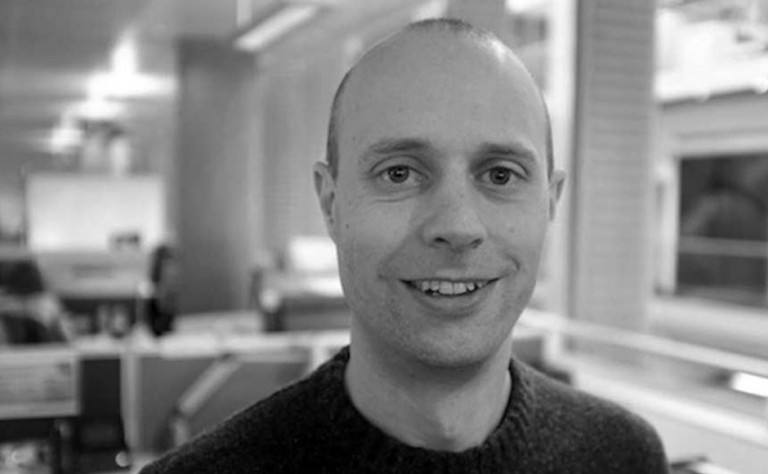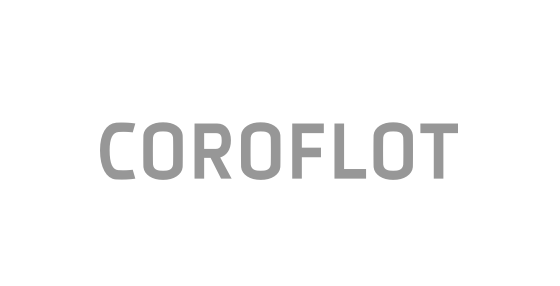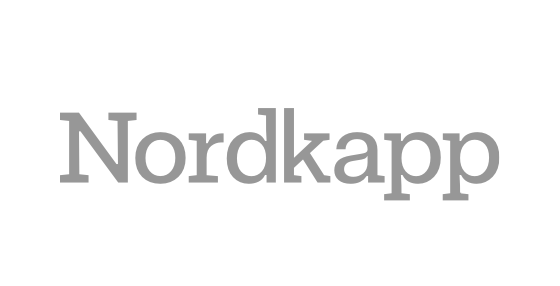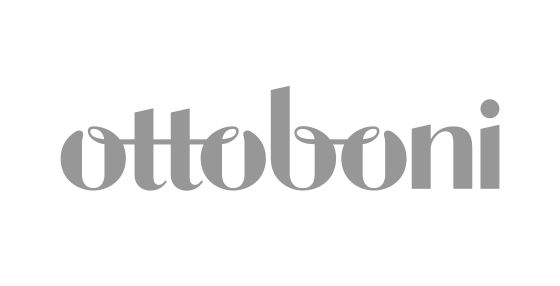Stories are everywhere, from newspapers to TV drama, fact to fiction. By deconstructing stories into fundamental, structured building blocks we can present them in new and powerful ways.
We can make experiences that vary the length of the story, let you explore it from different directions, summarise and recap it, change the media used to present it, adapt it to what you already know or personalise it to make it more relevant. And we can create truly responsive content that dynamically adapts to your device and context.
Through two case studies at the BBC, mobile news and a drama serial, I'll look at how we took a data-driven but user-centred approach to structuring and designing stories that resulted in novel experiences. The primary building blocks we use in our work are storylines, key moments and people. The storyline might be the epic journey of a character, the events in a refugee crisis or a love triangle. The essential moments and events in these storylines could be the bits people remember most fondly, the key to understanding or the jumping off points to other stories. Yet the key people or characters are almost always the most important part of a story to the audience.























